
Lionel porthole caboose origins Lionel’s designers and marketers took significant steps in 1953 to expand and upgrade its roster of O gauge rolling stock. They introduced near-scale freight cars, notably larger and more realistic boxcars and a flatcar. They brought out for the first time a triple-dome tank car. And they distinguished the line with […]
Read More…
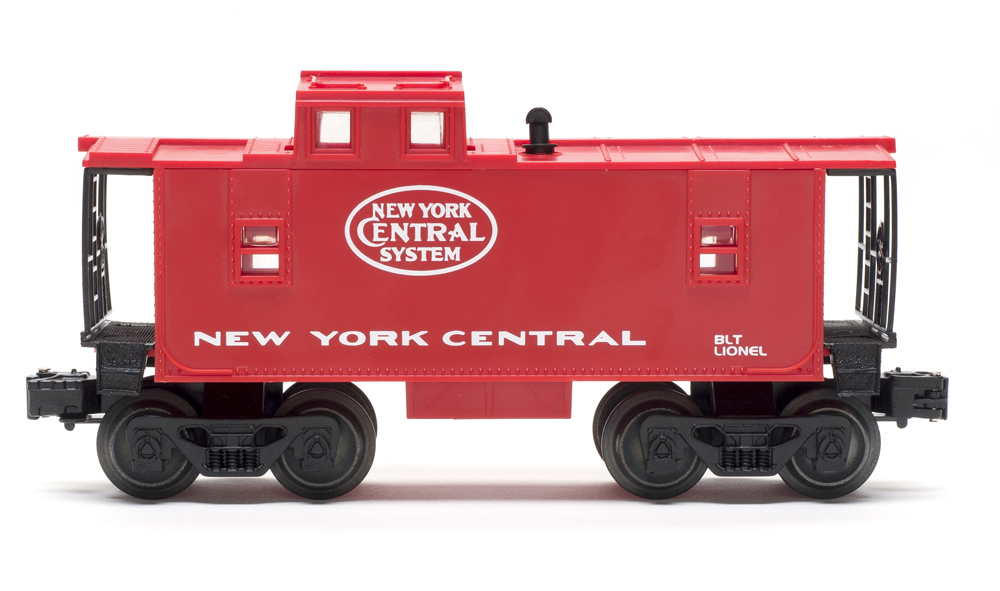
Cabooses are one of our favorite types of Fleet Filler cars. You need one behind almost every freight train, and really, who doesn’t love to see one bringing up the rear? Many of us are familiar with the Lionel’s postwar O-27 cabooses, the most ubiquitous of which was the SP-style model. This item saw lots […]
Read More…
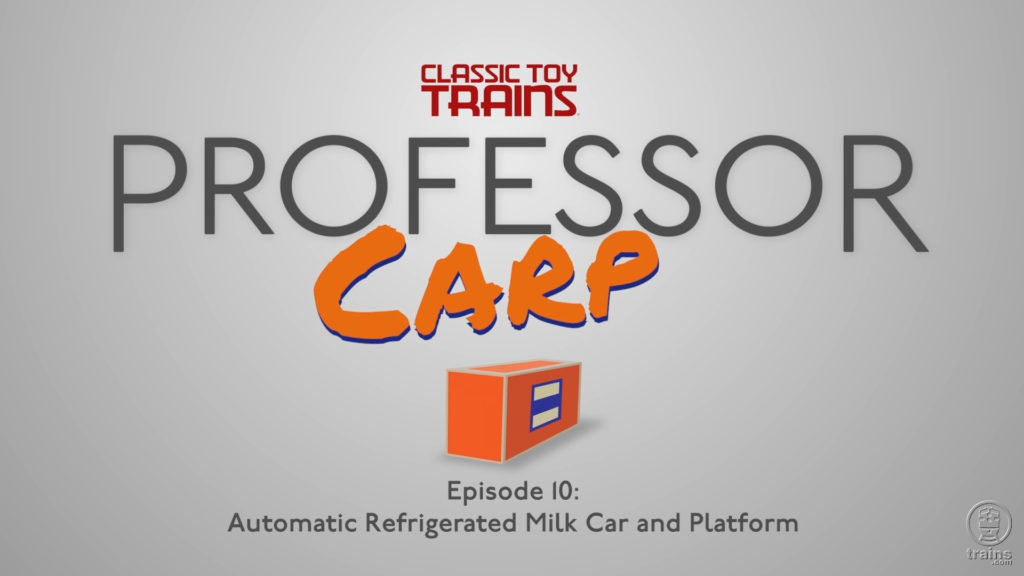
Join CTT Senior Editor Roger Carp, a.k.a. Professor Carp, as he shares insights on a post-war era Lionel Trains O gauge operating car. Learn about the history of the famed Automatic Refrigerated Milk Car and Platform, plus tips for making the car work properly! For even more info on the Milk Car, read the February 2021 […]
Read More…

Join CTT Senior Editor Roger Carp, a.k.a. Professor Carp, as he shares insights on a post-war era Lionel Trains O gauge operating car. Learn about the history of the famed Automatic Refrigerated Milk Car and Platform, plus tips for making the car work properly! For even more info on the Milk Car, read the February 2021 […]
Read More…
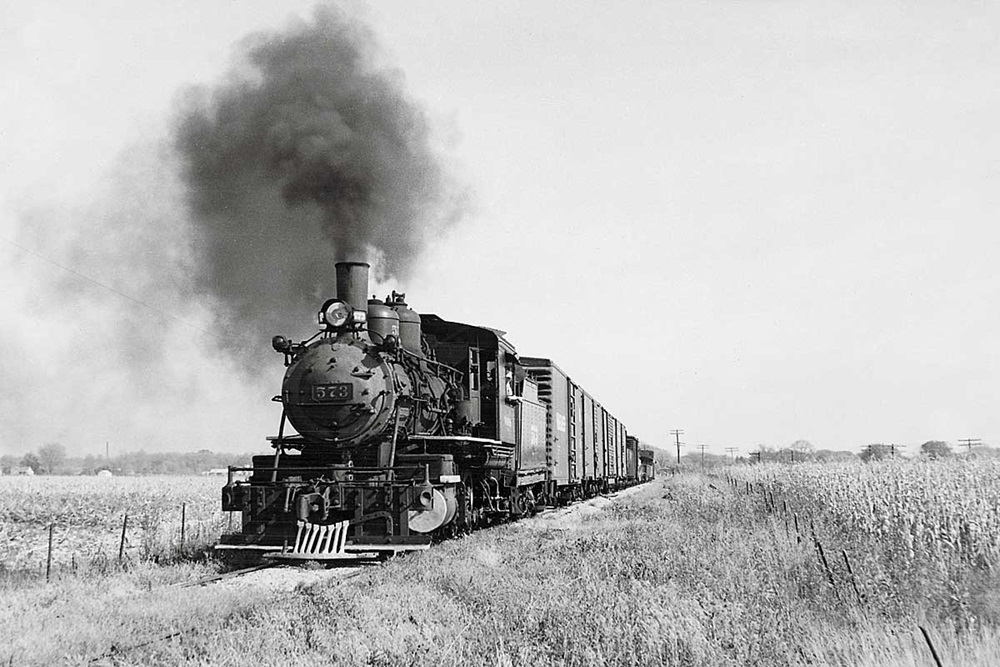
Wabash 2-6-0 573 heads a train on the road’s Keokuk (Iowa) branch just west of Carthage, Ill., on October 18, 1953. Although the road had announced it was 100 percent dieselized, it kept three Moguls to work this line, which included a bridge over the Illinois River that could not even support SW1 diesels. Photo […]
Read More…
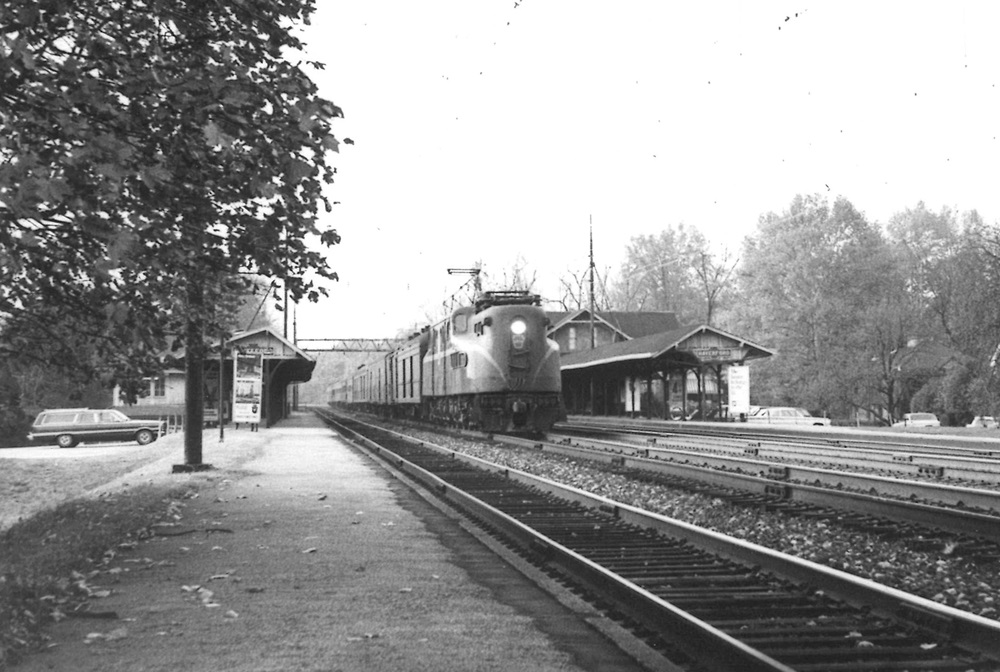
A Pennsylvania Railroad GG1 thunders through Haverford, 9 miles west of Philadelphia on the Main Line, with the Admiral from Chicago in 1966. Photo by Paul J. McGonigal […]
Read More…
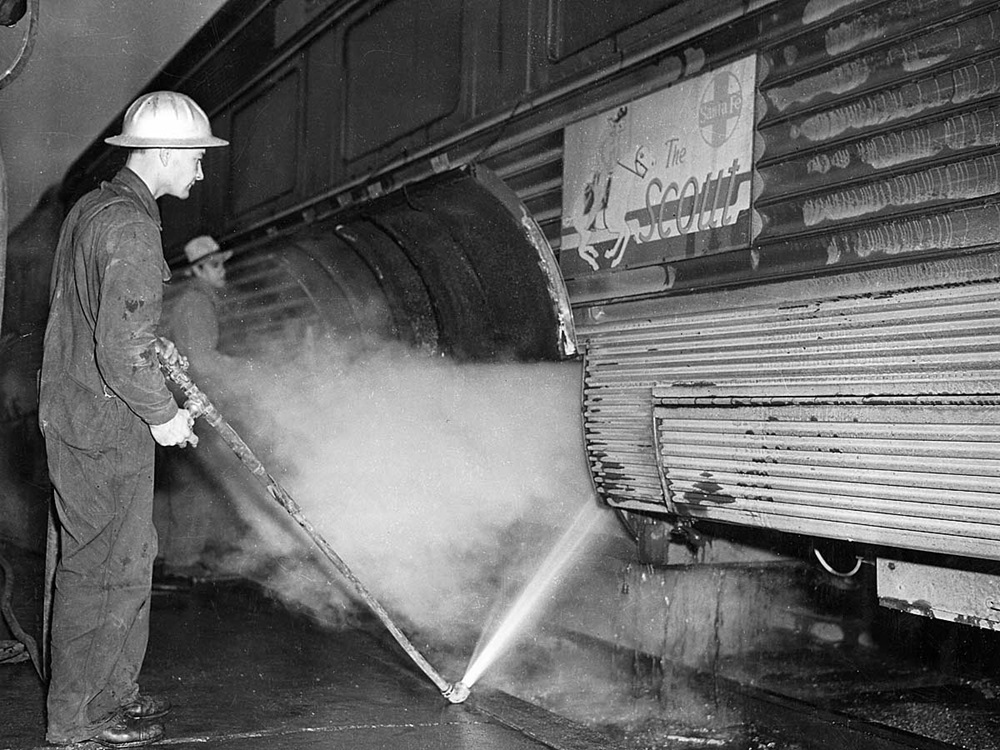
In the late 1940s or early ’50s, a worker at Santa Fe’s Los Angeles coach yard steam-cleans the air-conditioning equipment on the underside of a coach assigned to the Scout. Photo by Santa Fe […]
Read More…
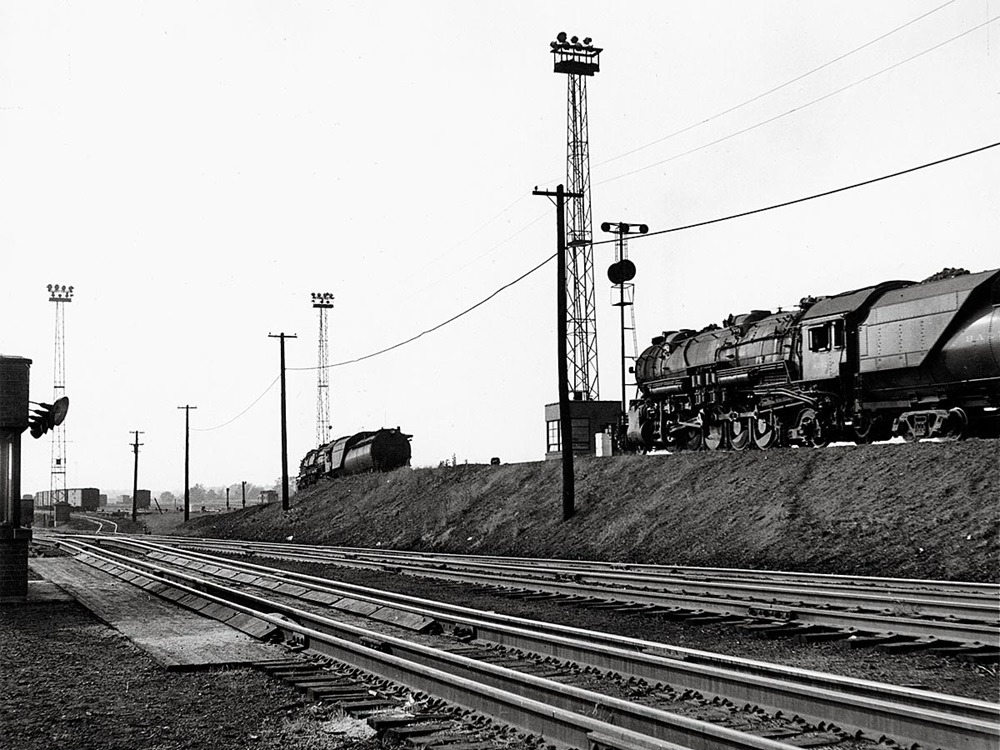
Bumped by diesels from front-line road-freight assignments, two S-1 2-10-2s work as hump engines at Baltimore & Ohio’s big yard at Willard, Ohio, in September 1955. Photo by Philip R. Hastings […]
Read More…

The layout at a glance Name: Royal Gorge Route Layout owner: Florida Scale Rails club Scale: HO (1:87.1) Size: 8 x 12 feet Prototype: Denver & Rio Grande Western (standard and HOn3 narrow gauge); Atchison, Topeka & Santa Fe; and Union Pacific Locale: Colorado Era: 1930s to ’60s Mainline run: 75 feet Minimum radius: 22″ […]
Read More…
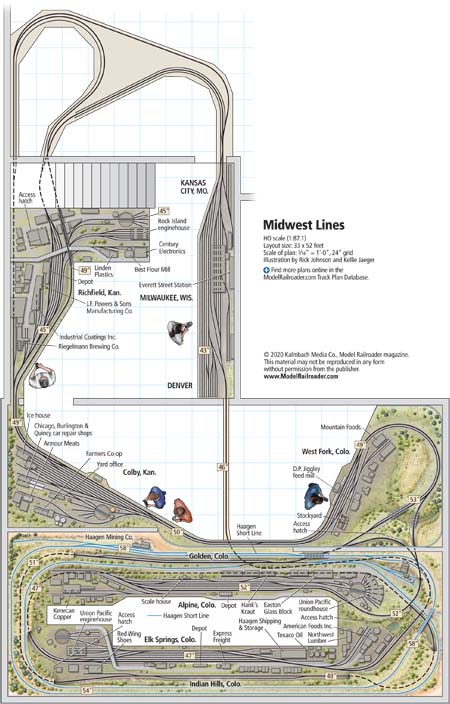
The layout at a glance Name: Midwest Lines Layout owner: Rolf Plachter Scale: HO (1:87.1) Size: 33 x 52 feet Prototype: freelanced, inspired by Chicago, Burlington & Quincy; Rock Island; and Union Pacific Locale: Denver to Milwaukee Era: mid-1960s Style: around-the-walls Mainline run: 400 feet Minimum radius: 36″ Minimum turnout: no. 4 Maximum grade: 2 […]
Read More…
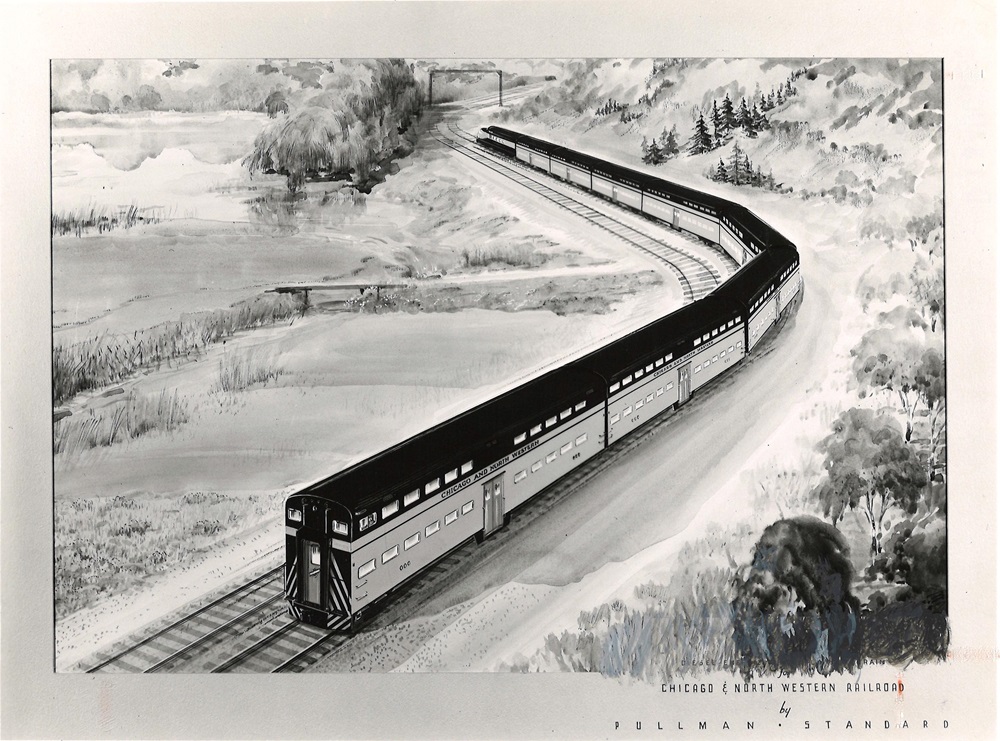
In the mid-1950s, Chicago & North Western and Pullman-Standard collaborated on the first fleet of push-pull commuter cars in North America. First used on C&NW’s Chicago suburban lines, the concept has spread throughout the U.S. and Canada. Photo by Pullman-Standard […]
Read More…
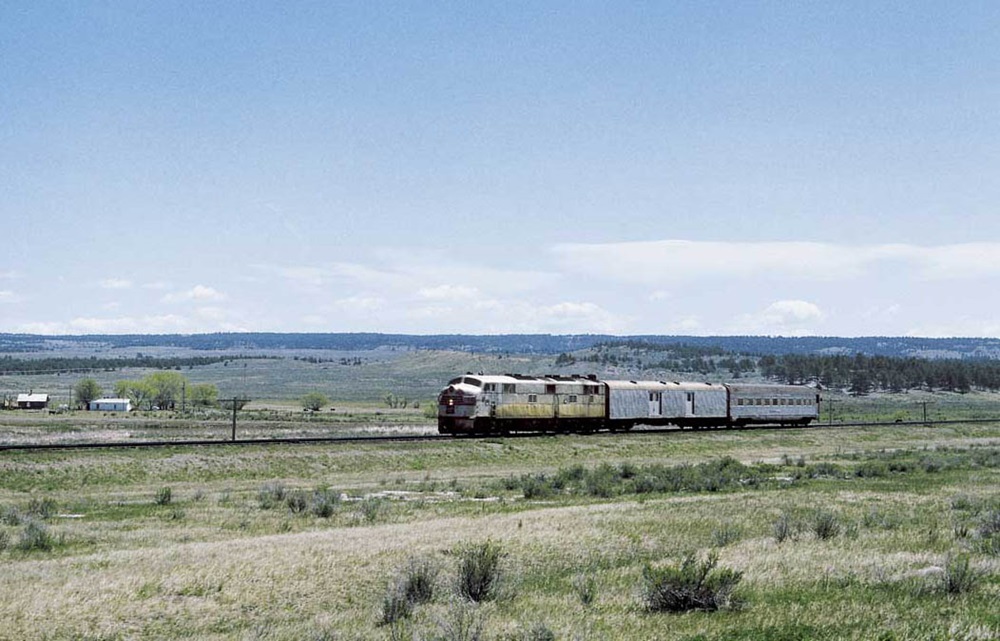
Even relatively pro-passenger roads like the Burlington could get ugly about train-offs. Immediately upon receiving permission to drop Omaha–Billings train 41 (pictured near Osage, Wyo., on May 28, 1969), the road halted it mid-run and bused its riders onward. Photo by Bob Johnston […]
Read More…











